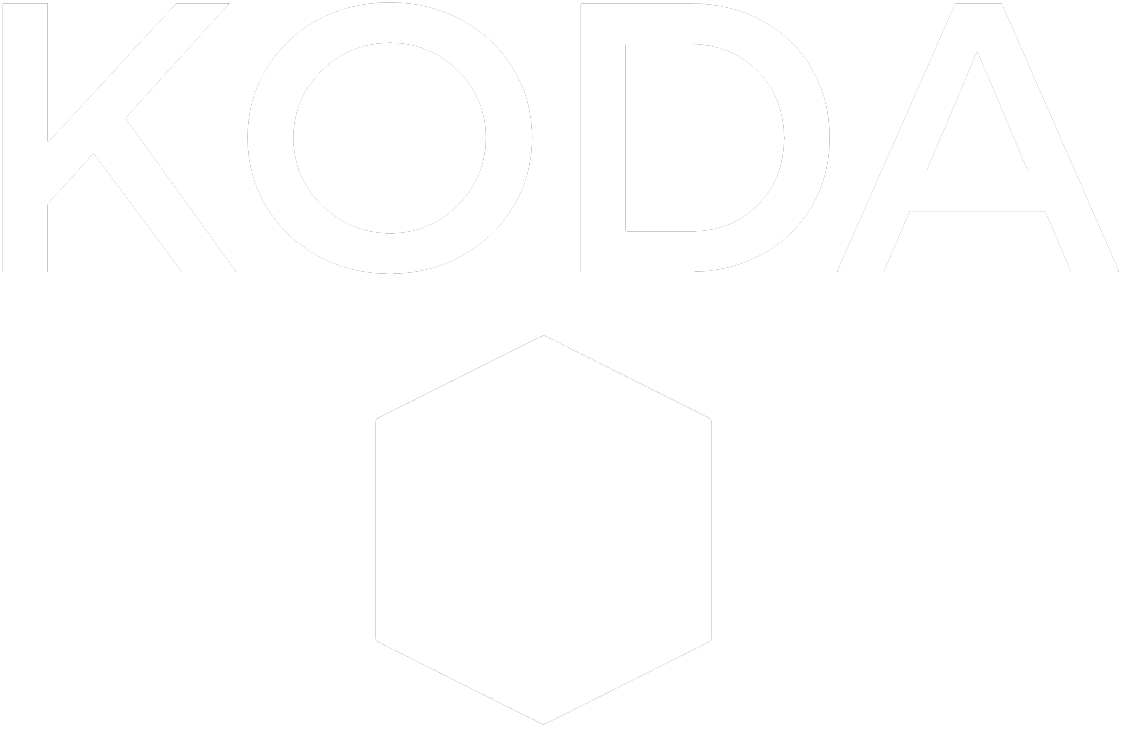Last week featured a good break from the usual with a quick trip to Denver for Leica's First Annual Monitoring and Instrumentation Seminar. In this week's post KODA reports back on its experiences.
LEICA Monitoring and Instrumentation Seminar
The first half of the day featured an expert panel. Many mining industry people turned up to the event. Most (if not all) were dealing with open-cut monitoring tasks. Many discussed radar, total station and geo-technical style monitoring systems. As the panel moved through each member's short presentation I began to realize that there was a common theme (accidentally) emerging.
Hyper-Redundancy
KODA has possibly coined a new phrase: hyper-redundancy. Built into the name is the implication of over-redundancy, but that is a topic for another discussion. Worth looking into further is whether all this redundancy is actually the redundancy you want, or need. In doing so, start to look at whether your data sources are independent, including their error sources. Be sure to understand what your complementary (possibly overlapping) systems are good at - and most importantly, what they aren't...
Indeed, it seems that many current challenges revolve around having too much data, from many different sources, all featuring different measuring types and techniques. Engineers and technicians, who are already busy enough, are being crammed with increasingly difficult data analysis tasks to ensure their mines are safe. In light of the data overload some operators gravitate towards a sub-set of the data they are presented with (radar, say) leaving them open to the dangers occurring outside the capabilities of their favored systems.
Once they opened up the discussion to the audience I even managed to slip in a comment about the Children of the Magenta. I was genuinely interested to see how the experts considered Automation's role in some of the difficulties they are facing with data-overload and decision making.
I'll be honest, I feel like I overlooked the monitoring world in my post, focusing more on navigation systems. When you think about it, automated monitoring solutions produce many more of the dilemmas faced by the airline industry: "is this data correct?", "what is it doing now?", "which system should I trust more?". Furthermore, many monitoring systems have a role in the protection of lives. If you haven't read that blog post - check it out here.
I think the industry as a whole needs to be cautious while we head down this path. We are very accomplished at collecting high volumes of highly precise data, but making sure that it is also accurate and useful is crucial. In doing so, we need to make sure we're being presented with 'information' from which decisions can be made.
Though many people were representing their companies and businesses, I was impressed by the restraint shown by ALL the speakers in not turning the function into an opportunity to shove product down your throat. Having paid $95, plus about $500 to get there I was relieved that it was a technical, open, growth-based experience for all. Let's hope it stays that way.
Gophers
Driving along the highway and seeing hundreds of gophers running between their nests, and standing up like they do, is a truly unique experience for an Aussie-expat. Taking off from Denver airport you start to appreciate the complexity of their social structure. There were holes and tracks everywhere.
I'm not going to get into the debate as to whether I saw a gopher, ground-hog or prairie-dog. For me it was a nice slice of 'Americana'.
Craft Beer
On the way into downtown I asked my cab driver what Denver is famous for these days. His response: "Craft Beer". Hailing from Austin I had to admit that Denver's craft brew scene hadn't crossed my radar. Over dinner (which was actually just beer and apple pie) I tried a few - not bad.
Until next time, KODA

